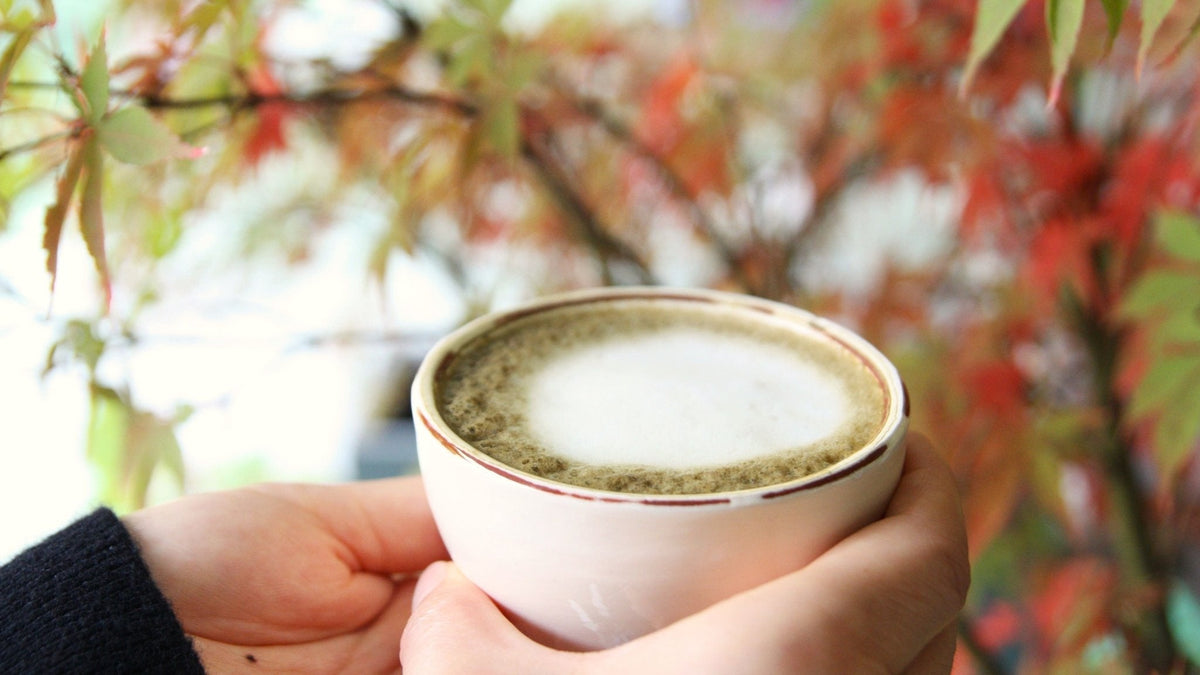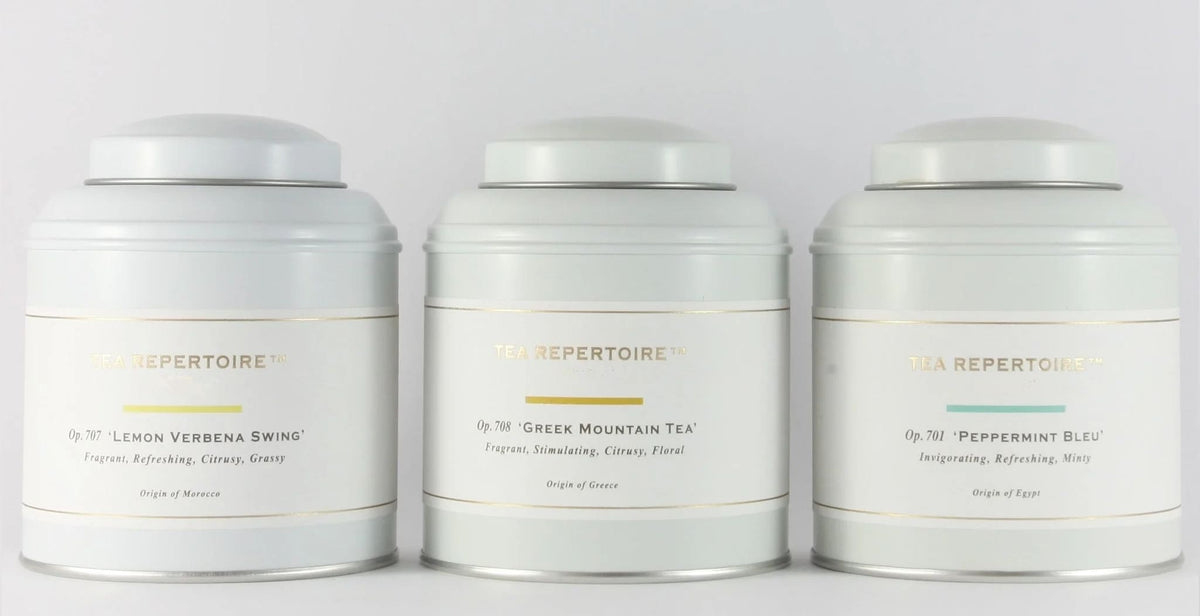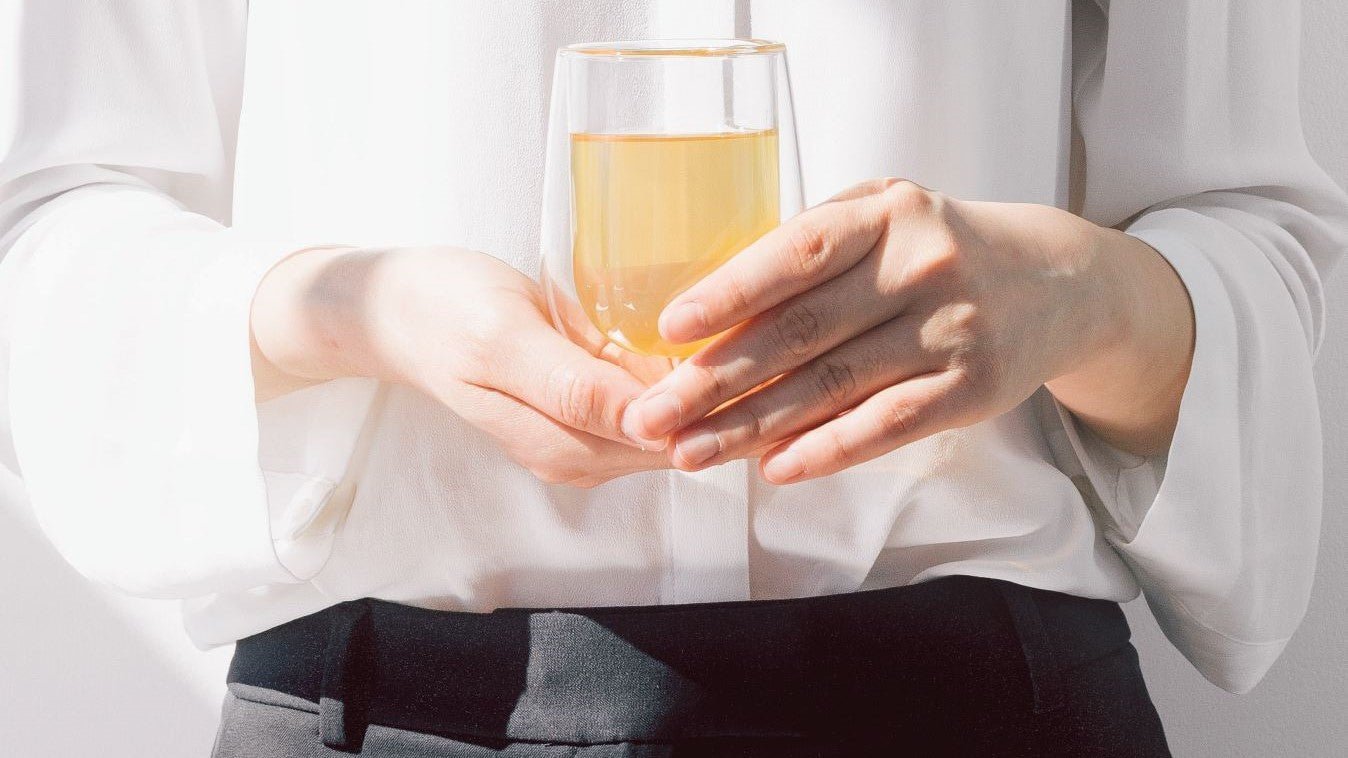Water, The Mother of Tea
In this journal, Sujin narrates why water is so fundamentally important for tea brewing and tea appreciation.
While catching up with a friend of mine, who recently came back from his trip to Japan, my question, as a tea sommelier, obviously went on to ask his tea experience in Japan.
“Have you tasted some amazing Japanese teas when you were there?”
He said yes, but then, with a moment of hesitation, he continued.
“Actually, I brought some teas from Japan but they don’t taste the same here and I wonder what has changed.”
What could have changed in his sensory perception? Could it have been the skillful Japanese tea master’s mesmerising performance that made him feel that the Japanese green tea tasted better in its home country? Well, it may well have been the case. But believe me - He is not the first person who approached me with this kind of issue. And each time I start my answer by reminding people that tea is not a finished beverage when it’s made. We need to know how to make it to be able to enjoy a tasty cup of tea. Where should we start? I’d say, water - “the mother of tea”, as rightfully said in an ancient Chinese proverb.
The fundamental importance of water
I cannot highlight more the importance of water. Having been a nomadic tea lover from South Korea by origin and having lived abroad for 10 years in different countries, I remember those frustrating, tearsome moments when my teas tasted nothing like what I had previously tasted when I made a move from one place to another. In particular, some teas which are praised for their light body, but complex flavours such as Oriental Beauty oolong tea and Darjeeling black tea, are very sensitive to mineral contents in water. Both of them known as champagne of tea, in order to be able to fully enjoy their complexity, we need to use filtered water or even bottled spring water with low dissolved mineral content, as high amount of minerals combine with tannin in tea and covers up its subtle and delicate flavours.
To get the most of the delicate tea flavours, water should be odourless, has a neutral PH of 7 and low dissolved mineral content. As our local water source is affected by multiple factors such as rainfall, pollution and the local aquifer, I strongly advise to use a water filter for brewing your tea. Alternatively, a bottled spring water that contains 50 - 100 ppm of dissolved minerals can be also used. Be aware not to be confused with bottled mineral water such as Evian and Volvic which will work against your goal to make a tasty brew.
6 Kinds of Tea
Many people even don’t know that the two most commonly known tea types, that is to say, green and black tea, are made from the same tea plant called Camellia Sinensis, from which we in fact produce 6 different kinds of tea - green, yellow, white, oolong, black and dark tea. But just as different grape varieties are used to make different types of wine, different tea cultivars are better suited to produce a certain type of tea. For instance, Chablis is made using Chardonnay grapes and Condrieu is made from Viognier grapes. In Japan, the best, award-winning matcha is made exclusively from certain types of cultivars such as Asahi, Gokoh and Samidori, but not Yabukita cultivar, which is the base to make Sencha green tea. It is known that there are approximately 500 tea cultivars in the world and they grow in different parts of the world, as they tend to prefer different climate conditions.
Great. We now know that six different types of tea are made from one tea plant. Then what are the magical recipes to make different kinds of tea? In tea production, oxidation is the fundamental, key process that decides what types of tea plucked tea leaves will become. At the two opposite ends of the oxidation spectrum, we find green tea and black tea, green tea being 0% oxidised and black tea being 100% oxidised. Oolong tea is an in-between category whose oxidation level varies between 10 - 80%. Depending on the oxidation level, the aromas and flavours of oolong tea can vary from delicate floral, milky notes to tropical fruits and woody flavours. The most celebrated oolong teas are produced in Taiwan and China, although oolong tea production has now spread to Vietnam, Thailand, India and even further to some African countries such as Malawi and Tanzania, bifurcating into old vs. new world oolong teas.
White tea is the least processed tea of all teas - once tea leaves are plucked, they are withered in the sun and dried. On the other hand, yellow tea undergoes a unique process called “Men Hwang”, which allows a slight oxidation on the tea leaves and illustrates a flavour profile similar to green tea, but with more pronounced fruity and floral notes. Lastly, dark tea is a post-fermented tea, from which it develops unique earthy and gamy notes. The most commonly known dark tea is puerh tea, which originates from Yunnan Province, China. As puerh tea develops more complex flavours while ageing, well-aged puerh teas are highly sought-after by tea connoisseurs.
Unlike the common misconception that matcha is another tea category, matcha is actually a type of green tea, but made into fine powder. Authentic Japanese matcha is made from tea leaves which are shade-grown for 3-4 weeks. Making matcha requires intensive labour - in order to make 40g of Matcha powder, the base tea leaf material called ‘Tencha’ needs to be ground for an hour.
Water Temperature
Either you’re a regular tea drinker or not, you may have experienced that your green tea tasted so unpleasantly bitter. Green tea is known to be sensitive to water temperature. It’s because green tea contains a high amount of polyphenols, which dissolve at 80°C and result in bitterness and astringency in tea. On the other hand, a variety of amino acids and natural sugars in green tea are dissolved at 60°C, which explains why green tea brewed at lower temperature yields a sweet, gentle cup without bitterness.
As different kinds of tea requires different temperature settings and steeping time, I laid out below a general brewing guideline for different tea types. As a general rule, you could place 3g of tea leaves (1-2 tablespoon of tea leaves) for 200ml water and follow the steeping time below. As taste is essentially subjective, you can adjust the amount of tea leaves and steeping time depending on the strength of tea you desire.
| Tea Type | Temperature Setting | Steeping Time | |
|---|---|---|---|
| White Tea | 80°C | 3-5 mins | |
| Green Tea | Chinese, Korean & Taiwanese Green Tea | 75-80 °C | 1 1/2 - 2 mins |
| Japanese Sencha Green Tea | 65-70 °C | 1 1/2 - 2 mins | |
| Japanese Gyokuro Green Tea | 55-60 °C | 2-3 mins | |
| Yellow Tea | 80 °C | 1-2 mins | |
| Oolong Tea | Lightly Oxidised | 85-90 °C | 3-5 mins |
| Highly Oxidised | 90-95 °C | 3-5 mins | |
| Black Tea | 95 °C | 3-5 mins | |
| Dark Tea | 95 °C | 3-5 mins | |
Essential Brewing Tools
Having mentioned the importance of water quality and water temperature for brewing different types of tea, having a water filter and a temperature controlled kettle with different temperature settings could significantly ease your daily tea ritual. Another useful brewing tool to enjoy loose leaf tea is a glass teapot with an infuser, as glass teapots allow you to observe the colour of the tea, which is a good indicator of the tea strength while brewing.
Some suggestions from Tea Repertoire Tea Collection
| Type of Tea | Name of Tea |
|---|---|
| White Tea | Op. 601 ‘White Peony’ |
| Green Tea | Op. 207 ‘Jasmine Phoenix Pearls’ |
| Op. 212 ‘Tai Ping Hou Kui’ | |
| Op. 214 ‘Wild Arbor Joongjak’ | |
| Oolong Tea | Op. 103 ‘Alishan Qing Xin Jade’ |
| Op. 107 ‘Classical Oriental Beauty’ | |
| Op. 116 ‘Jasmine Oolong’ | |
| Op. 127 ‘Sun Moon Lake Formosa Jade’ | |
| Black Tea | Op. 401 ‘Balhyocha’ |
| Op. 415 ‘Yunnan Golden Buds’ | |
| Dark Tea | Op. 501 ‘10 Years Aged Cooked Puerh’ |
DOWLOAD THE BEGINNERS GUIDE TO LOOSE LEAF TEA >>.
(Photo taken by Julian Victoria, this article was published in DOG MAG)
Leave a comment
Comments will be approved before showing up.
Also in TEA JOURNAL

The ultimate guide to matcha
Looking to master matcha? Learn how to choose the best matcha powder, prepare traditional Koicha and Usucha, understand flavor notes, and unlock powerful health benefits in this all-in-one guide.

How to Make the Perfect Hojicha Latte – A Barista’s Guide from Tea Repertoire
Discover how to craft the perfect Hojicha Latte — a smooth, nutty Japanese roasted tea drink that’s as comforting as it is refined. In this barista-approved recipe, Tea Repertoire shares the secrets behind achieving the ideal balance between roasted depth and creamy sweetness using organic Hojicha powder sourced directly from Shizuoka, Japan.

A Guide to Gifting Tea
A Guide to Gifting Tea: The Perfect Tea for Every Taste
Looking for the ideal tea gift? Whether it’s smooth Taiwanese oolongs, fragrant Jasmine Phoenix Pearls, or caffeine-free herbal teas, Tea Repertoire offers thoughtful recommendations to delight any tea lover. From rare Yunnan Purple Buds to crowd-pleasing Black Forest, discover premium teas for every palate. Learn more.

